GLF Honour Book Award for Kavitha Iyer, Pranay Lal and Ranjit Hoskote
Kavitha Iyer, Pranay Lal and Ranjit Hoskote were named the winners of the second edition of Green Literature Festival Honour Book Award in the general and non-fiction category in a ceremony held at BIC, Bengaluru on 18 December. Iyer received the award for her book, Landscapes of Loss, Lal for Invisible Empire and Hoskote for Hunchprose.
19 Dec 2022 | By Pooja Mahesh
The Honour Book Award is a part of the Green Literature Festival (GLF), created by Benedict Paramanand, founder of SustainabilityNext eMagazine and co-founder of the Bangalore Business Literature Festival.
GLF is a first-of-its-kind literature festival that stirs conversation around climate change, sustainability and environmental issues. It aims to become a multifaceted platform that amplifies the role of green literature in shaping dialogues, debates, environmental consciousness, education, and call-to-action from political, business and civil society leaders.
GLF annually shortlists and honours books in three categories — business, general and non-fiction. The idea behind having honour books instead of a single book prize is to give readers a sample of the best books on the environment coming out of India and build readership for this literature. The awardees are given a trophy, a certificate and a cash prize.
GLF Honour Books
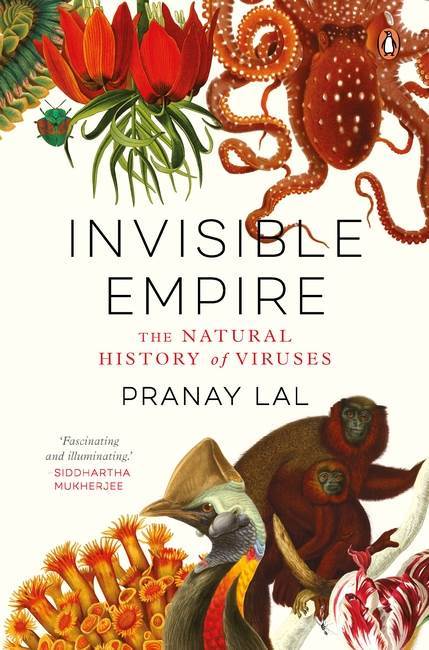
Invisible Empire by Pranay Lal (Penguin Viking)
Viruses are the world’s most abundant life form, and now, when humanity is in the midst of a close encounter with their immense power, perhaps the most feared. This is a book that ultimately reminds us of our shared histories, not just with one another but with all species. Biochemist and public health expert Pranay Lal explains that not all viruses are harmful, and that some are, quite literally, encoded in our DNA. Lal brings together science, history and storytelling to paint a fascinating picture of viruses as a major actor not only in human civilisation but also in the human body.

Landscapes of Loss by Kavitha Iyer (HarperCollins)
The book tells the stories of Marathwada, an area in Maharashtra that has seen a surge in farmers' suicides and cyclical droughts, through marginal farmers, Dalits, landless labourers, farm widows and children of the area. Iyer’s book is based on her years of reporting from the hinterlands of Maharashtra. While human interest stories abound in her narrative, there are incisive looks into policymaking, attempts to decipher the multiple layers that underlie the controversial practices of sugar-cane farming in the region. It lays bare the complex factors that have brought the region to this pass – a story representative, in many ways, of the agrarian unrest in large parts of rural India.
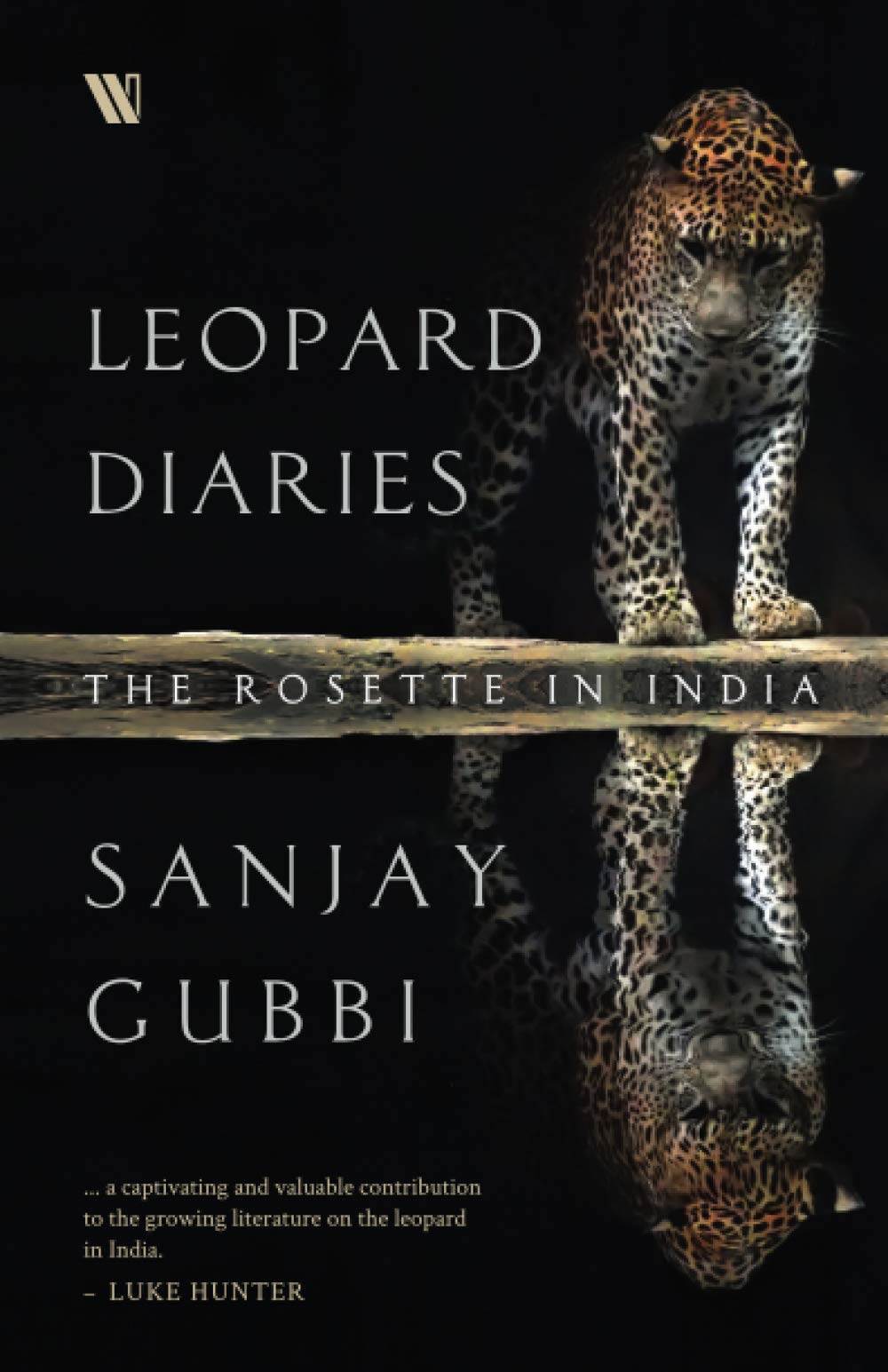
Leopard Diaries by Sanjay Gubbi (Penguin)
In India, the leopard is a poster boy of the fight to preserve wildlife, but in many countries, it faces either ecological or local extinction. A worrying phenomenon, given that these cats carry out important ecosystem services that have not been fully understood yet. In this book, Sanjay Gubbi, who has studied and documented the leopard for nearly a decade, gives us a close look at this fascinating creature. From detailing its food habits to throwing new light on how the young are reared, from offering suggestions on tackling leopard-human conflict to imagining the future of this arresting animal, this book is a 360-degrees view of the leopard, its ecological context, its fraught relationship with the human world, and how wildlife and human beings can find a way to co-exist.

Hunchprose by Ranjit Hoskote (Hamish Hamilton/Penguin)
Ranjit Hoskote’s latest poetry collection sweeps through history, mythology, ecology, architecture, the climate crises, among other subjects, and reflects his erudition and ease with each of these areas. Infused with wry humour, informed by the wisdom traditions, Hunchprose urges us to look at our world, and within ourselves, with renewed ardour. The collection of poems emerged “from an increasing sense of urgency on multiple fronts,” said Hoskote in an interview. “As a citizen, I have been preoccupied by the ecological catastrophe that we are living through, which we as a species have brought upon ourselves and our fellow denizens of this planet.” With each poem comes a new experiment in the linguistic form of poetry. Many voices are at play, many quandaries are voiced, and many discoveries await.
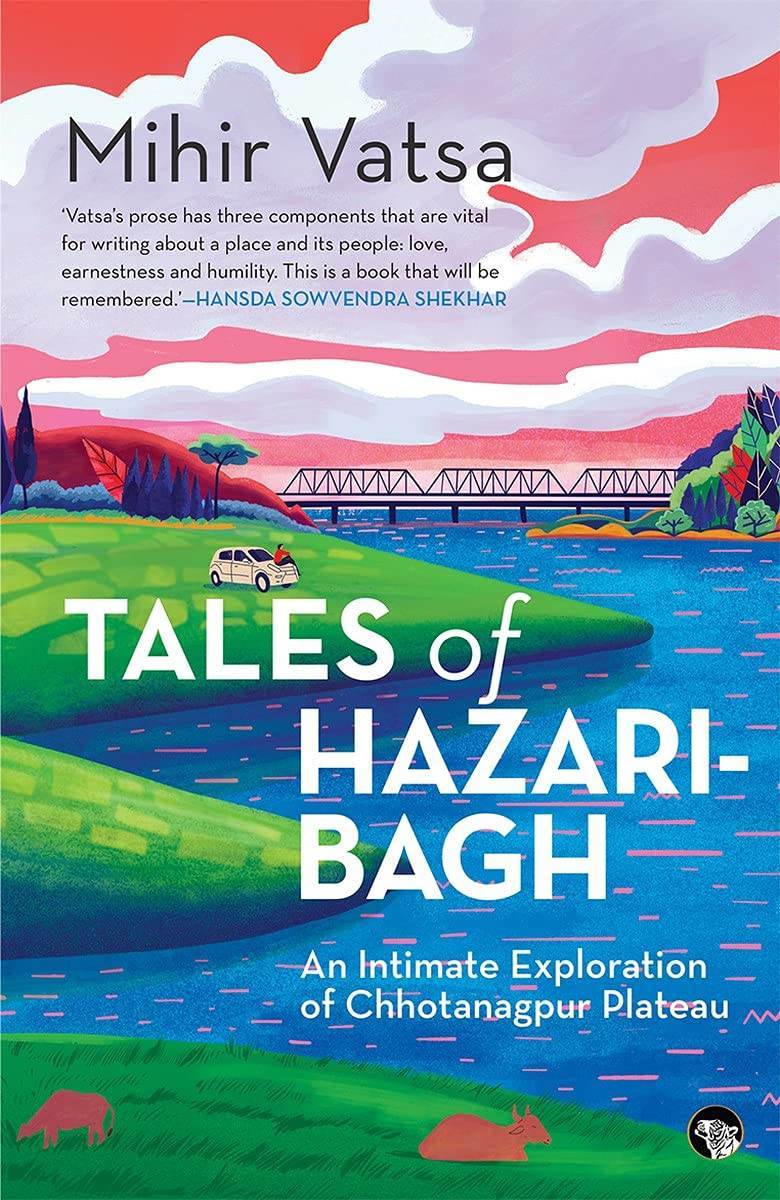
Tales of Hazaribagh by Mihir Vatsa (Speaking Tiger)
A mix of personal essays, travelogue, geography and history that cannot be pinned down to a single genre, this book goes beyond conveying the allure of Hazaribagh in Jharkhand. Vatsa not only grew up there, but returned after working and studying in Delhi. This results in a meld of perspectives: that of a long-time resident as well as a tourist. The book is not just about the town and the Chhotanagpur Plateau. It also speaks about the author’s homesickness during his time in Delhi and his struggle with depression. This book is a collection of personal essays that spans multiple genres as it covers travel, geography and history.
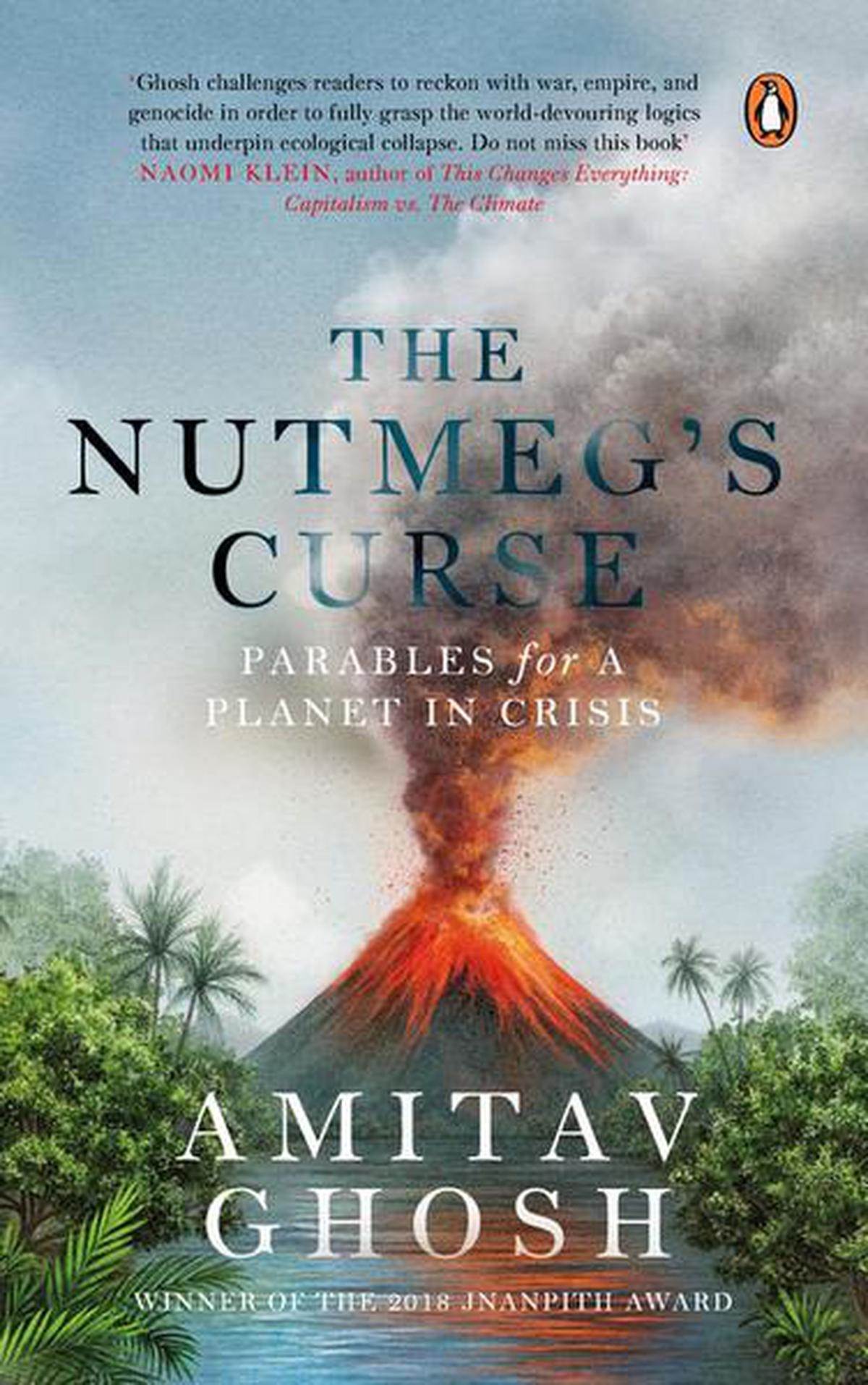
The Nutmeg’s Curse by Amitav Ghosh (Allen Lane/ Penguin)
The book argues that the dynamics of climate change today are rooted in a centuries-old geopolitical order constructed by Western colonialism. At the centre of Ghosh’s narrative is the now-ubiquitous spice nutmeg. In Ghosh’s hands, the story of nutmeg becomes a parable for our environmental crisis, revealing the ways human history has always been entangled with materials such as spices and tea. Written against the backdrop of the pandemic and the Black Lives Matter protests, and interweaving discussions on everything from climate change, the migrant crisis, and the animist spirituality of indigenous communities around the world, the book offers a sharp critique of Western society, and reveals the profoundly remarkable ways in which human history is shaped by non-human forces.

The Bera Bond by Sundeep Bhutoria (Macmillan)
Wildlife enthusiast Sundeep Bhutoria’s coffee table book evocatively captures the relationship between locals and leopards in Bera, Rajasthan. Located in the foothills of the Aravalli range in southern Rajasthan, Bera is home to over 55 leopards and the Rabari and Raika people, pastoral communities that herd camels, goats and sheep. The book features stunning photographs of Bera’s leopards on the iconic rocks, outcrops and caves of the landscape, along with glimpses of myriad other species. The unperturbed nature of leopards despite the presence of humans and their comfortable movement in wide-open spaces with cubs in tow in broad daylight does stand out.

The Braided River by Samrat Choudhury (HarperCollins)
The Brahmaputra is by some margin the largest river in India. After its confluence with the Ganga in Bangladesh, it becomes the largest in Asia. In this book, journalist Samrat Choudhury sets out to follow its braided course from the edge of Tibet where it enters India down to where it meets the Ganga at a spot marked by the biggest redlight district in Bangladesh. The book weaves a story in the history of the emergence of the border between India and China in Arunachal Pradesh, the formation of the Assamese and the ecological challenges posed by proposed dams. This is a genre-bending book that touches upon several hot-button issues — environmental, military and political — as it blends travel, memoir and history with the present.
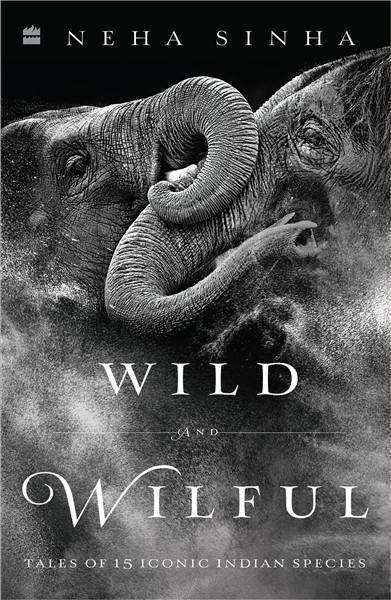
Wild And Wilful by Neha Sinha (HarperCollins)
The book covers animals not in spaces that we usually associate them with, such as untouched forests, remote wildernesses, miles away from civilisation, but rather in cities and villages, near highways and railway tracks, through skies lined with power lines, and rivers arrested by dams. The animal takes centre stage in each essay as Sinha explores our complex relationship with wildlife, especially the way we “other” them in our daily lives. Sinha has been an adviser on numerous national policies for environment and biodiversity management. This allows her to easily weave together anecdotes with the larger context of how policies impact animals. In weaving together insights from multiple disciplines, it presents stories of contradictions, tragedies, joy and hope. It encourages us to learn to live with wild creatures.












 See All
See All